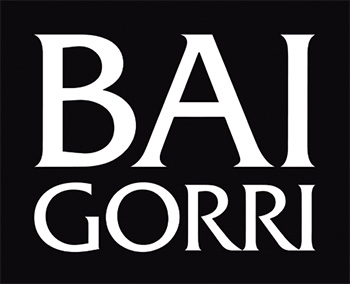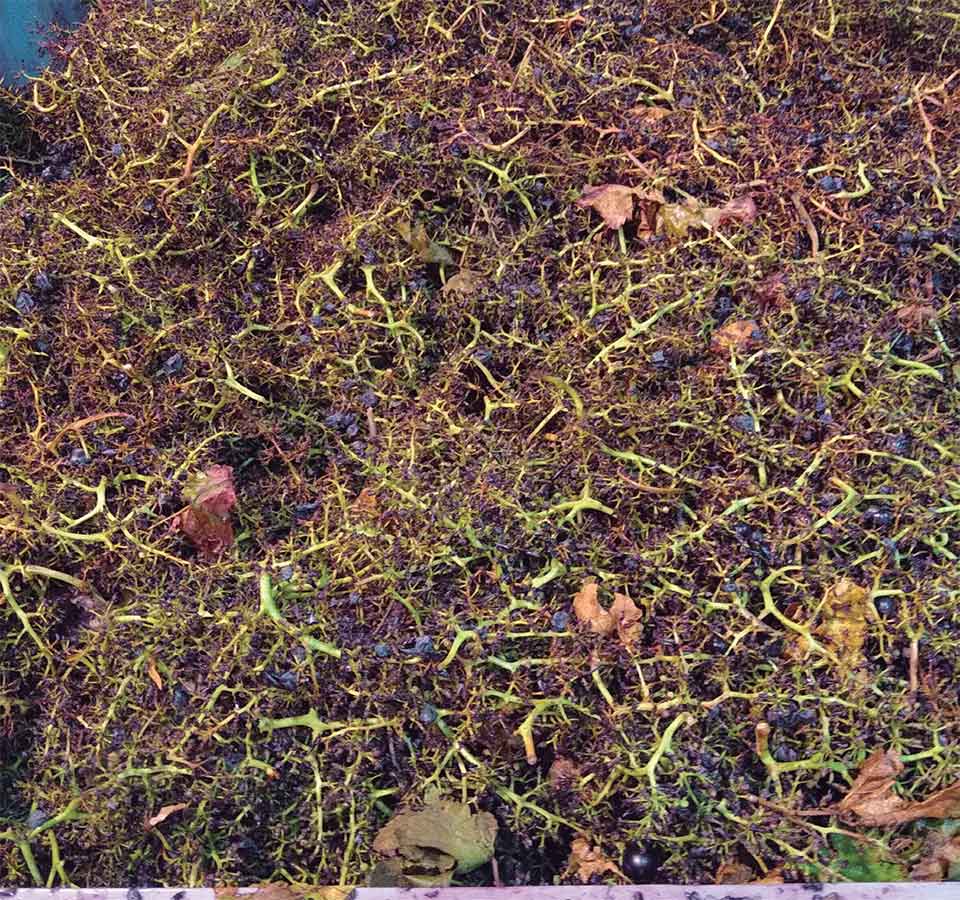SOSTFEED
REUSING GRAPE STEMS AS A FUNCTIONAL INGREDIENT FOR RABBIT REARING
GRAPE STEMS ARE RICH IN FIBRE AND ARE THE ONLY WINEMAKING by-product that is managed as waste in the winery, with the consequent economic cost and associated environmental impact. Rabbit farming, on the other hand, involves a number of risk factors associated with diseases and high mortality rates, with the corresponding economic losses. In an attempt to minimise mortality rates, rabbit farming has traditionally opted for using drugs as a preventive treatment. Literature indicates that efforts to ensure the long-term sustainability of rabbit farming should focus on reducing the impact of feedstuff production, as it is the main contributor to the total environmental impact of rabbit farming.
BAIGORRI, one of the main wine producers in Rioja Alavesa, is leading SOSTFEED, with the participation of AZTI, the Technology Centre specialised in the recovery of by-products, and MIBA Agricultural Cooperative, the leading producer of animal feedstuff in the Basque Country.

DRIVING FACTOR


 OBJECTIVES
OBJECTIVES
- Reuse grape stems generated by the wine industry as a high-value, fibre-rich functional ingredient for animal feed, using the rabbit rearing sector as an example.
- Launching a new economic activity based on circular economy principles for this process.
 RESULTS
RESULTS
- A new ingredient was obtained for animal feedstuff in rabbit farming, using grape stems in an amount of 10%, by means of a stabilisation process that combines highly efficient technologies to guarantee nutritional quality and safety.
- Emission savings of 2,000 tonnes of CO2 equivalent per year by avoiding managing scraps as waste: mortality rate in rabbit farming was reduced by 10%; and 10% of conventional ingredients were replaced with by-products.
- An economic viability report and a business model for launching the new activity are available. Development of a turnkey processing plant.
 CONCLUSIONS
CONCLUSIONS
- On the one hand, the implementation of this new activity boosts the environmental efficiency and competitiveness of the wine sector by improving sustainable use of resources, minimising waste management costs, and enhancing the environmental image of the sector. On the other hand, it also increases rabbit farming sustainability by providing a sustainable raw material and decreasing dependency on other ingredients.
- Environmental efficiency would be improved if transport distances between the warehouses where the scrapings are generated and the ingredient processing plant, were reduced. As such, on-site dehydration may be the most appropriate solution, although it may increase the cost of processing.
- Involving the entire value chain in the project has been key to guarantee its correct execution. In this case, collaboration with the Basque Federation of Rabbit Farmers was necessary to meet their requirements.
- Given that grape stems are generated seasonally at harvest time, the most realistic objective is to implement this industrial process in the 2023 harvest, as the lead times for the industrial building adaptation and availability of equipment limit the start-up.
ENVIRONMENTAL
TECHNICAL
ECONOMIC
COMMERCIAL
ON THE MARKET


